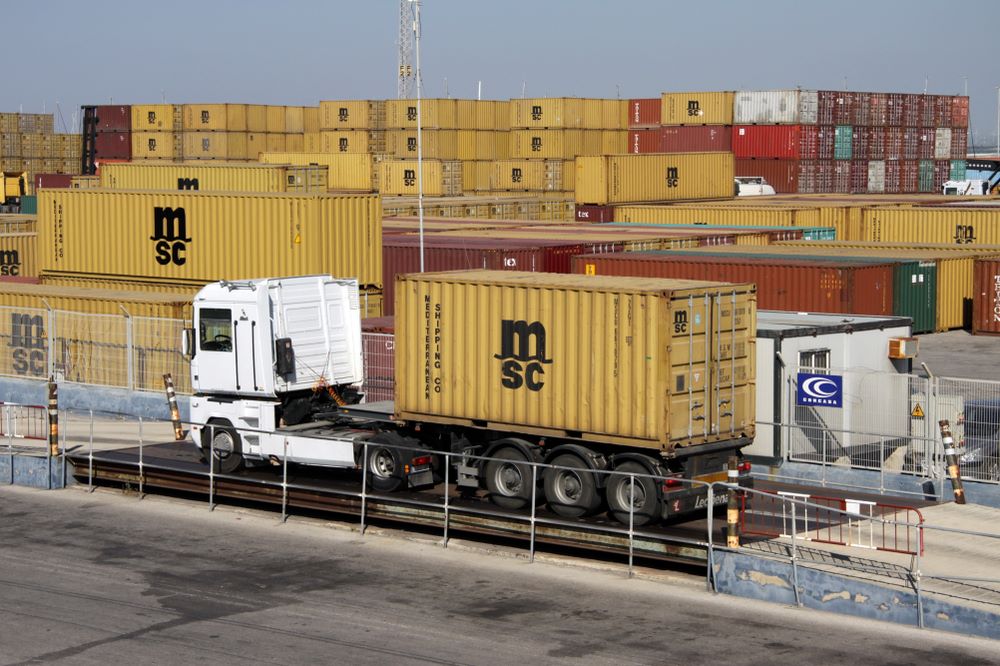In our Instant Weighing’s website especially when you are researching scales for front-end loaders, telehandlers, reach stackers, and forklifts the terms maybe used, so it is important that you have a clear understanding of these meanings.
Let’s start with scales suitable for front-end loaders. All weighing is done with warm hydraulic oil.
STATIC WEIGHING – USING A WEIGH POINT
30 or more years ago, this was the only way to weigh the sand or gravel in the front-end loader bucket as the sand or gravel was being loaded into a tipper truck or hopper, etc. The old technology.
To either ZERO the loader scale or weigh the sand or gravel as it is being loaded, the action process is the same.
When the pins holding the loader bucket arms to the loader body and the pins on the loader arm that attaches the bucket to the loader arms are both at the same height off level ground (one fixed metal backet that is attached to the loader body (fixed position) and another metal bracket attached to the loader arm so that it travelled up and down with the loader bucket), when these could be seen parallel to each other with about a 10mm gap, as the crowded bucket is being lifted, this point is called “THE WEIGH POINT.”
To ZERO the loader scales, the operator would lift the crowded bucket that was near the ground upwards and continue lifting as the metal indicator passes the WEIGH POINT and continue lifting upwards for about a further 100mm, then stop lifting.
The operator must then SLOWLY lower the bucket downwards and GENTLY stop exactly at the WEIGH POINT. The operator then presses the ZERO button to zero the scale.
The same is then done each time with a fully crowded loaded bucket when loading the tipper (but without pressing of the ZERO button). The operator would lift the crowded loaded bucket that was near the ground upwards and continue lifting as the metal indicator passes the WEIGH POINT and continue lifting upwards for about a further 100mm then stop lifting.
The operator must then SLOWLY lower the bucket downwards and GENTLY stop when the 2 metal indicators are at the WEIGH POINT. The operator then presses the button to add that weight to the accumulating running total.
DYNAMIC WEIGHING – FITTED with SENSORS to allow uninterrupted lifting of the bucket upwards
This is the modern weighing action when loading a tipper or hopper etc
Instead of having a defined weigh point, the scales as installed sensors on the loaders arm and loader body.
The action of the loader operator to ZERO the scale is as follows:
Have the fully crowded bucket low to the ground and holding steady the engine revs at your operational revs say between 1200 and 1800 rpms pulling the lever (to full detent position) to elevate the bucket upwards. Hold all these positions until after the scales shows “weighing” and then displays a weigh on the screen. Only then can the revs etc be changed. Press the ZERO Button.
The same is then done each time with a fully crowded loaded bucket when loading the tipper (except no pressing of the ZERO button). The operator would lift the crowded loaded bucket that was near the ground upwards and continue lifting in the correct actions until the scale says “weighing” and a weight is then shown on the screen. Only after this message can the operator change the engine revs etc when continuing to dump that bucket load into the tipper.
IMPORTANT NOTE
For a front end loaders fitted with anti drop valves, (telehandlers and reach stackers always have anti drop valves in their hydraulic systems), these must be fitted with DYNAMIC WEIGHING scales as STATIC WEIGHING scales will not work when these valves have been installed.

